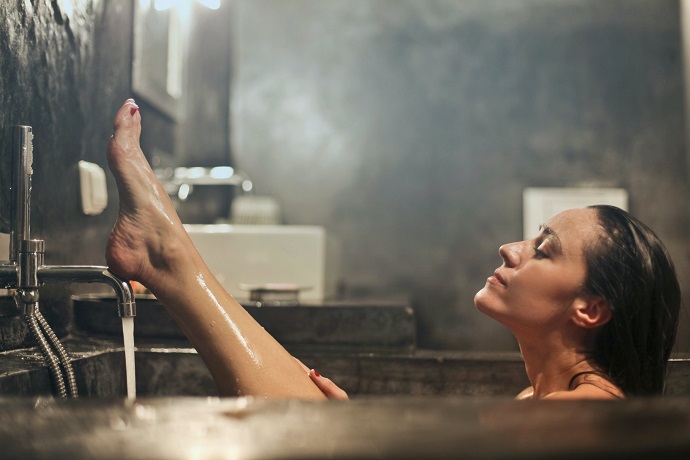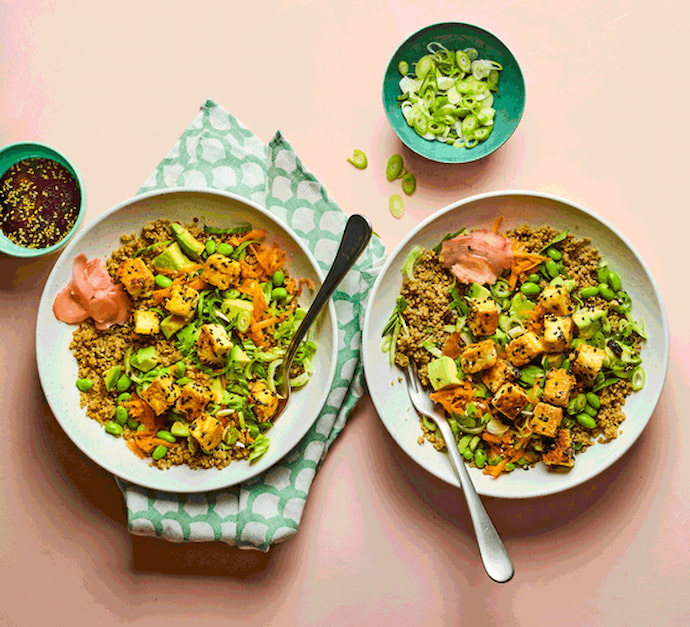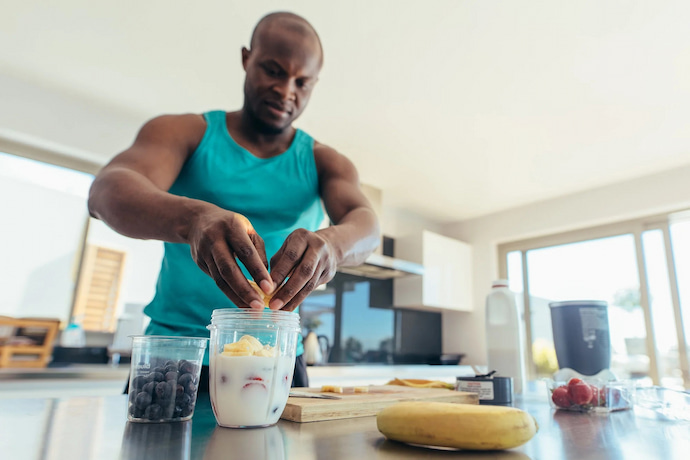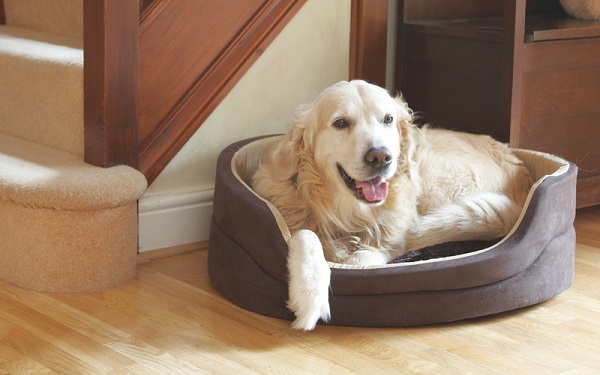Also called piles, hemorrhoids are swollen veins in the anus and rectum. Symptoms often include itching, pain and rectal bleeding. Hemorrhoids can be either external or internal. Internal hemorrhoids develop inside of the anus and rectum while external hemorrhoids appear under the skin around the outside of the anus. Both types are considered an extremely common problem and typically go away in a few weeks on their own. Although hemorrhoids aren’t generally dangerous, they can be a recurrent and painful condition. Fortunately, there’s a lot that can be done about hemorrhoids.
What Causes Hemorrhoids?

Hemorrhoids are traditionally associated with chronic constipation, prolonged sitting on the toilet and straining during bowel movements. All these interfere with blood flow to and from the area, causing it to pool and enlarge the vessels. This is the reason why hemorrhoids are common during pregnancy when the enlarging uterus presses on the veins.
According to studies, individuals with hemorrhoids tend to have a higher resting anal canal tone, which means the soft muscle of the anal canal tends to be tighter than average. Constipation adds to these troubles. This is because straining during a bowel movement increases pressure in the anal canal and pushes the hemorrhoids against the sphincter muscles. Furthermore, the tissue responsible for holding the hemorrhoids in place can become weaken with age, causing hemorrhoids to lump and prolapse.
Hemorrhoid Treatments
Add More Fibre to Your Diet

Many don’t get enough fibre every day, but consuming more of it can help you avoid constipation and stay regular. It can be done with food, a fibre supplement, or both. Like with vitamin and mineral supplements, fibre supplements are available in many forms to help those who want to increase the amount of fibre in their diets if they aren’t eating or getting enough from food. Taken with lots of fluid, fibre has the ability to soften stools and make them easier to pass, reducing pressure on hemorrhoids.
Higher-fibre foods include beans, broccoli, wheat and oat bran, whole-grain foods and fresh fruit. Fibre supplementation is known to help decrease hemorrhoidal bleeding, inflammation and enlargement. It can also reduce irritation from small bits of stool that are trapped around the blood vessels. Some individuals find that increasing fibre consumption causes bloating or gas. Consider starting slowly and gradually increase your intake to 25-30 grams of fibre per day. Also, make sure to increase your fruit intake.
Try Topical Treatments

For hemorrhoid relief, head to a drug store for an over-the-counter hemorrhoid cream or suppository. Topical creams often feature numbing agents, painkillers and steroids to diminish pain and swelling. These hemorrhoids medicines work by numbing the affected area to alleviate symptoms like pain, itchiness and general soreness.
Mild cases of hemorrhoids are often treated with topical creams, ointments, gels and wipes. The most effective hemorrhoid relief medication will contain a vasoconstrictor, which has the power to tighten blood vessels and shrink skin tissue. This helps reduce the size of hemorrhoids, thus alleviating pressure and pain. Some medications also contain hydrocortisone, a steroid that helps reduce inflammation, thus reducing pressure and pain. If the condition is more severe, a stronger medication may be prescribed. Prescribed hemorrhoid medication often include a combination topical preparation of hydrocortisone and pramoxine and work by reducing the size of the pile, as well as numbing the area to reduce discomfort.
Which hemorrhoid medication to choose will depend on the severity of your hemorrhoids, your medical history, and if you are taking any other medications that may negatively interact with the hemorrhoid medication. How to apply hemorrhoid cream depends on the type of product you choose. Some can be applied inside the anal area while others are formulated for external use only. If symptoms don’t subside after seven days or clear up then reappear, you should stop using the cream and meet with a doctor.
No matter the hemorrhoid product you choose, make sure you carefully read its directions to get the most relief from the product and prevent harmful side effects. Consider talking to your doctor before choosing a cream option to pick one that is right for you. Note that hemorrhoid creams and ointments can be effective for temporary relieving symptoms, but they don’t make hemorrhoids go away permanently. If your hemorrhoid symptoms don’t go away, disrupt your life or continue to reappear, talk to your doctor for suggested solutions.
Sitz Baths

A Sitz bath refers to a 10 to 15-minute soak in warm water that comes just up to your bottom and hips. According to experts, it can relieve irritation and itching as well as spasm of your anal sphincter muscles. The soak can be done in your bathtub or you can buy a small plastic tub to give yourself a portable sits bath two to three times a day.
Hemorrhoids Prevention

Staying physically active and eating a healthy diet rich in fibre to keep your bowel movements regularly are effective measures of hemorrhoid prevention. Also, make sure to drink plenty of water to keep the digestive process moving correctly and prevent constipation. Still, the most effective way to avoid constipation is to go to the bathroom when you first feel the urge. Delaying a bowel movement allows the bowel to reabsorb water from the stool, which will make the stool harder when you finally do go. Avoiding sitting for long periods of time can also help prevent hemorrhoids.



